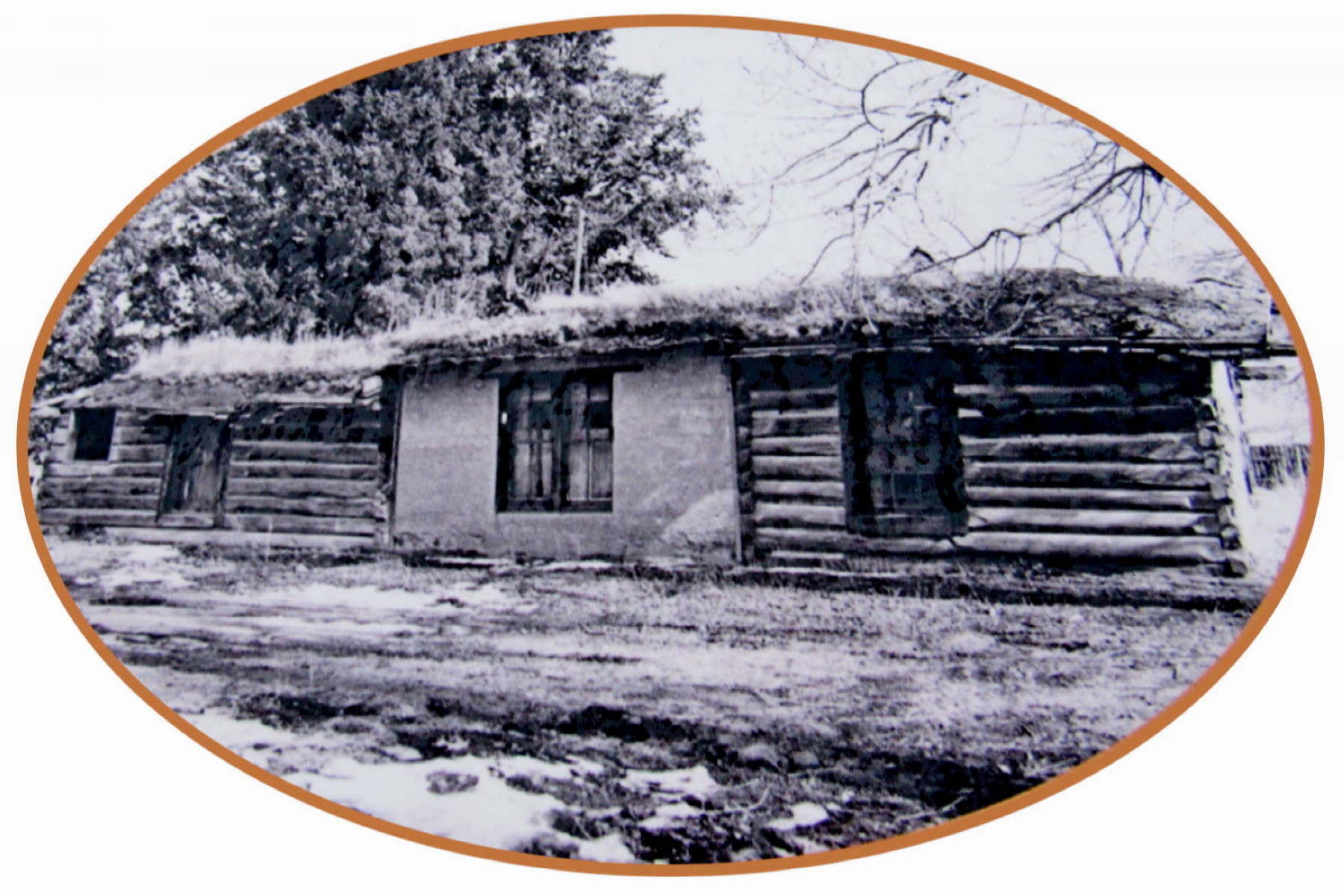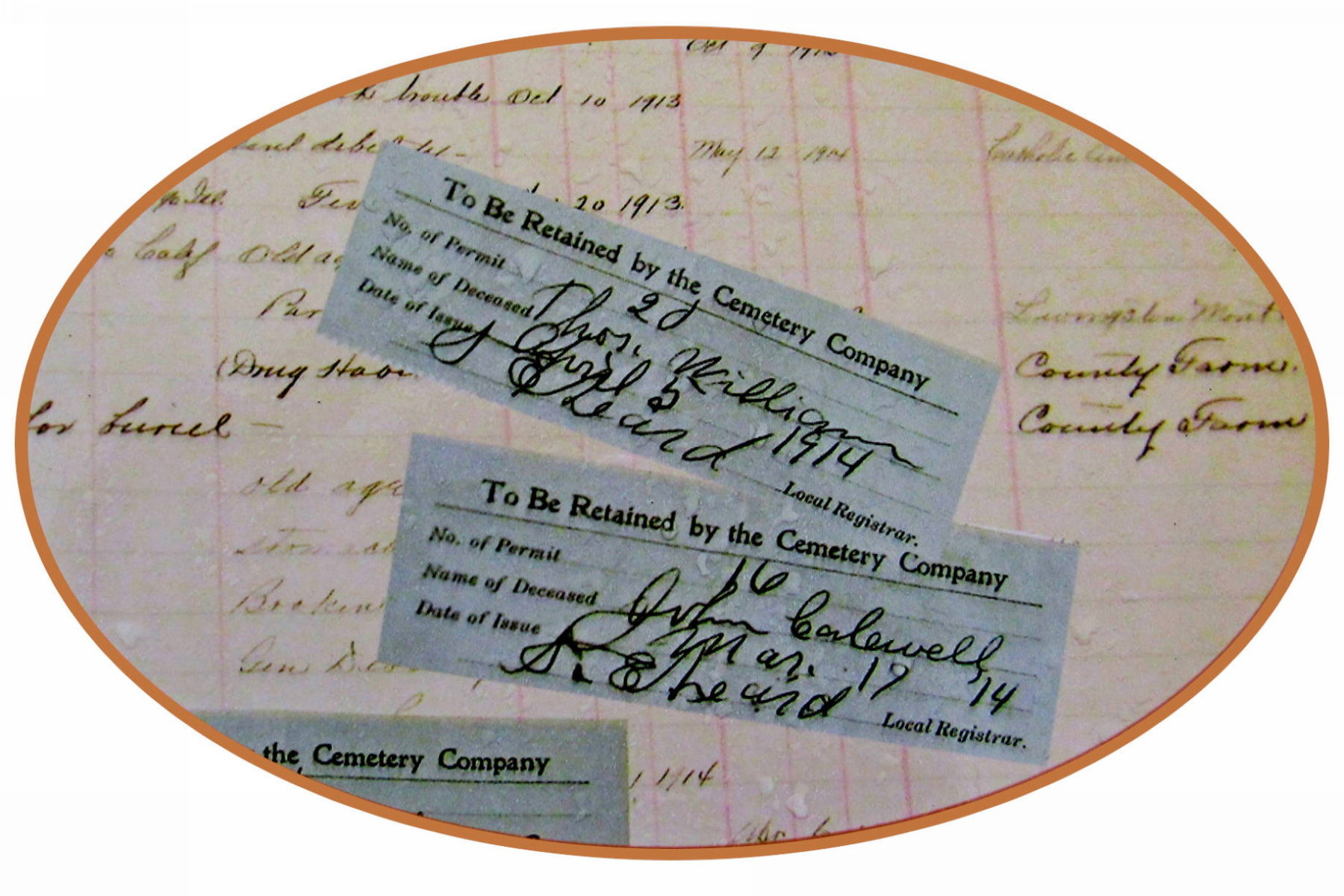Park County Poor House 1892 – 1924
"The several counties of the State shall provide as may be prescribed by law for those inhabitants, who, by reason of age, infirmity or misfortune, may have claims upon the sympathy and aid of society." - 1889 Montana State Constitution.
 PARK COUNTY'S FIRST
PARK COUNTY'S FIRST
POOR FARM
In 1890, the caretaker lived in this sod-roofed cabin for $4.00 a week per person, he provided, "...the entire cost of feeding, clothing and nursing of all the said sick, poor, and infirm; also including all burial expenses,
if any there should be."
 ENDING UP IN THE
ENDING UP IN THE
POOR HOUSE
Park County purchased this 160 acre site in 1891 and built a residence a year later. Land and structure costs totaling $10,500 represented one of Park County's earliest capital investments. The "farm" was fully developed to include hay land, a dairy barn, livestock, orchards, and vegetable gardens and in 1905, a "Pest House" for the diseased.
 "...IN A PROPER AND RESPECTFUL MANNER."
"...IN A PROPER AND RESPECTFUL MANNER."
Between 1896 and 1924, nearly 1200 people were admitted to the Poor House. Most were male and most were committed by physicians.
For many ill, injured, and aged, the grassy hillside to the west became a final resting place. Graves were unmarked and the names were eventually forgotten.
PARK COUNTY GENAOLOGY SOCIETY MEMORIAL
A six-year search to identify and remember the 130 people now known to lay here resulted in a memorial dedicated in May 2006. It is built of bricks which once were part of the Park County Poor House.
Buildings which once comprised Sunset Farm have since been demolished. Little evidence remains of the Park County Poor Farm; a concrete reservoir on the hill to the southeast, the entry to a root cellar, an apple tree once part of a sizeable orchard and those buried here in unmarked graves.